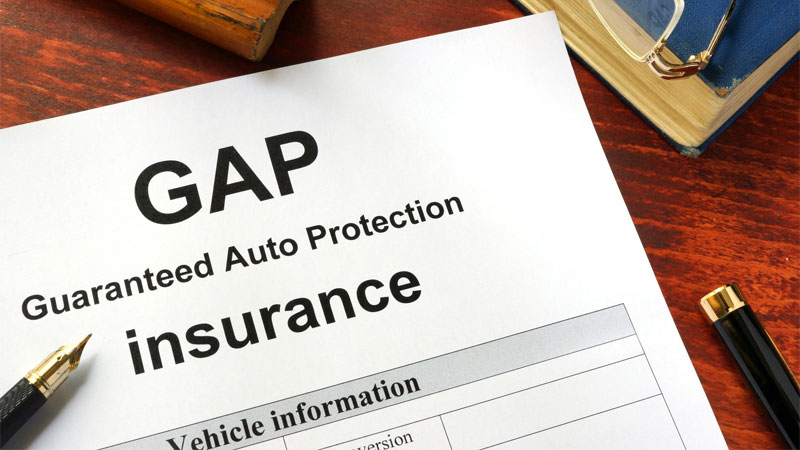What is GAP Insurance Coverage?
Guaranteed Asset Protection or GAP coverage involves the difference between what you owe on a vehicle and what your insurer pays out when it is a total loss. It is a type of coverage easily neglected, but something every single new vehicle owner should have. With GAP insurance in place, … Read more

